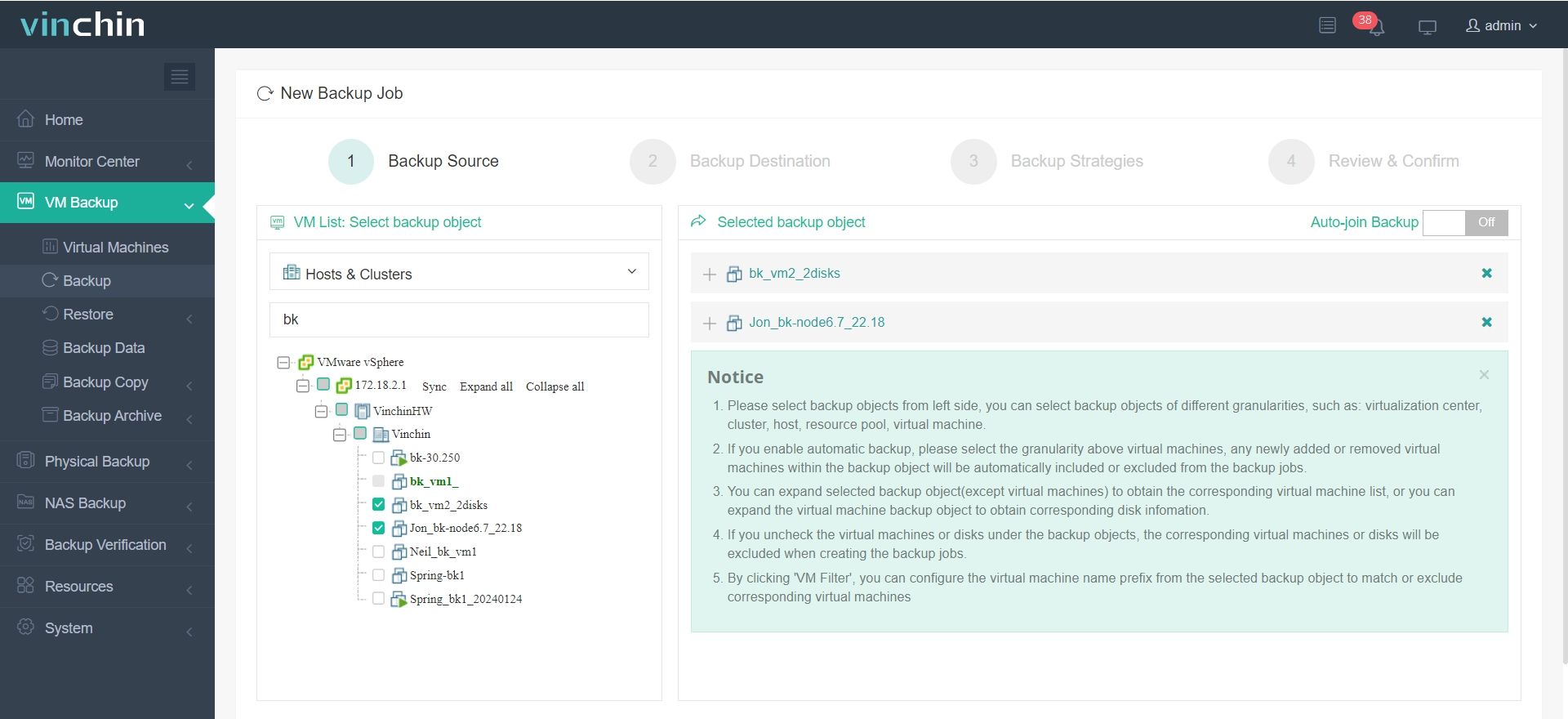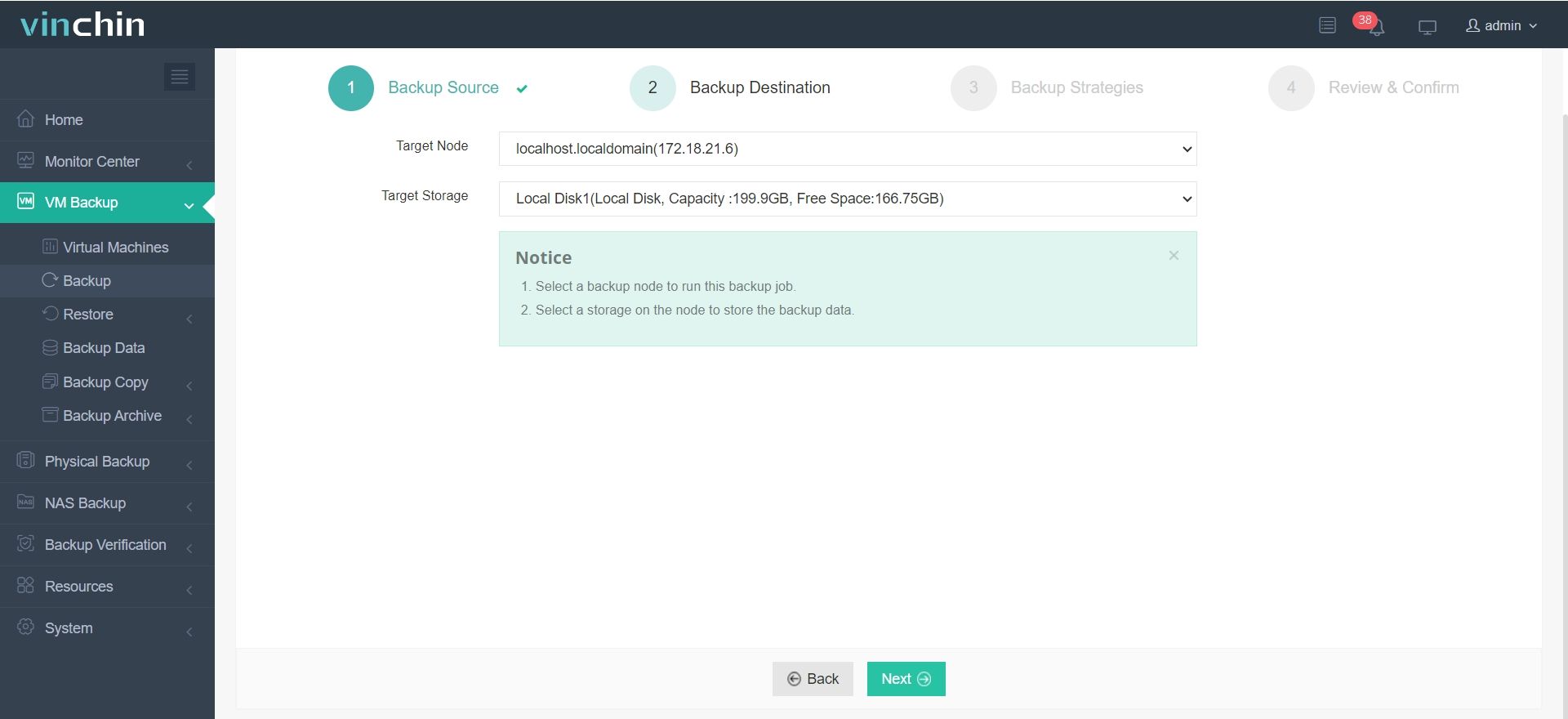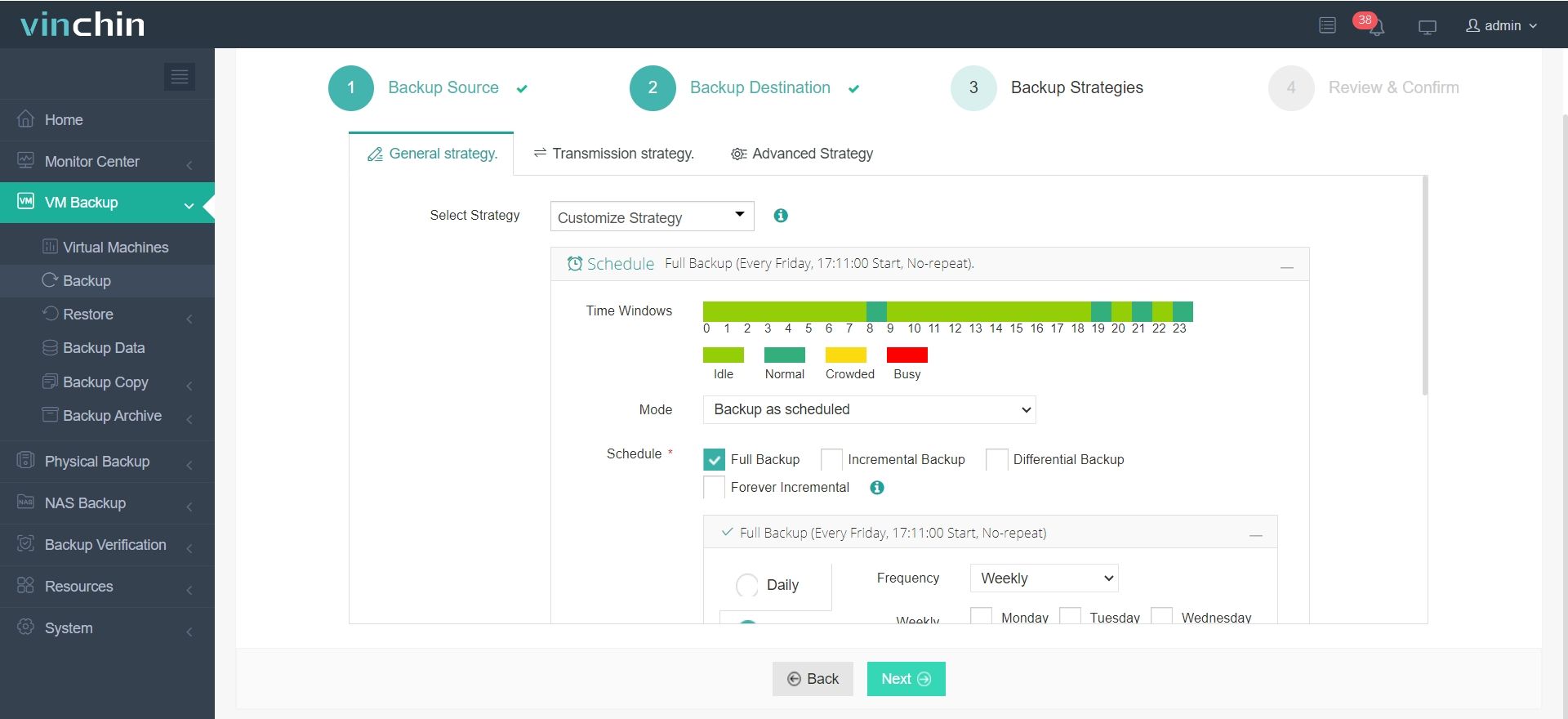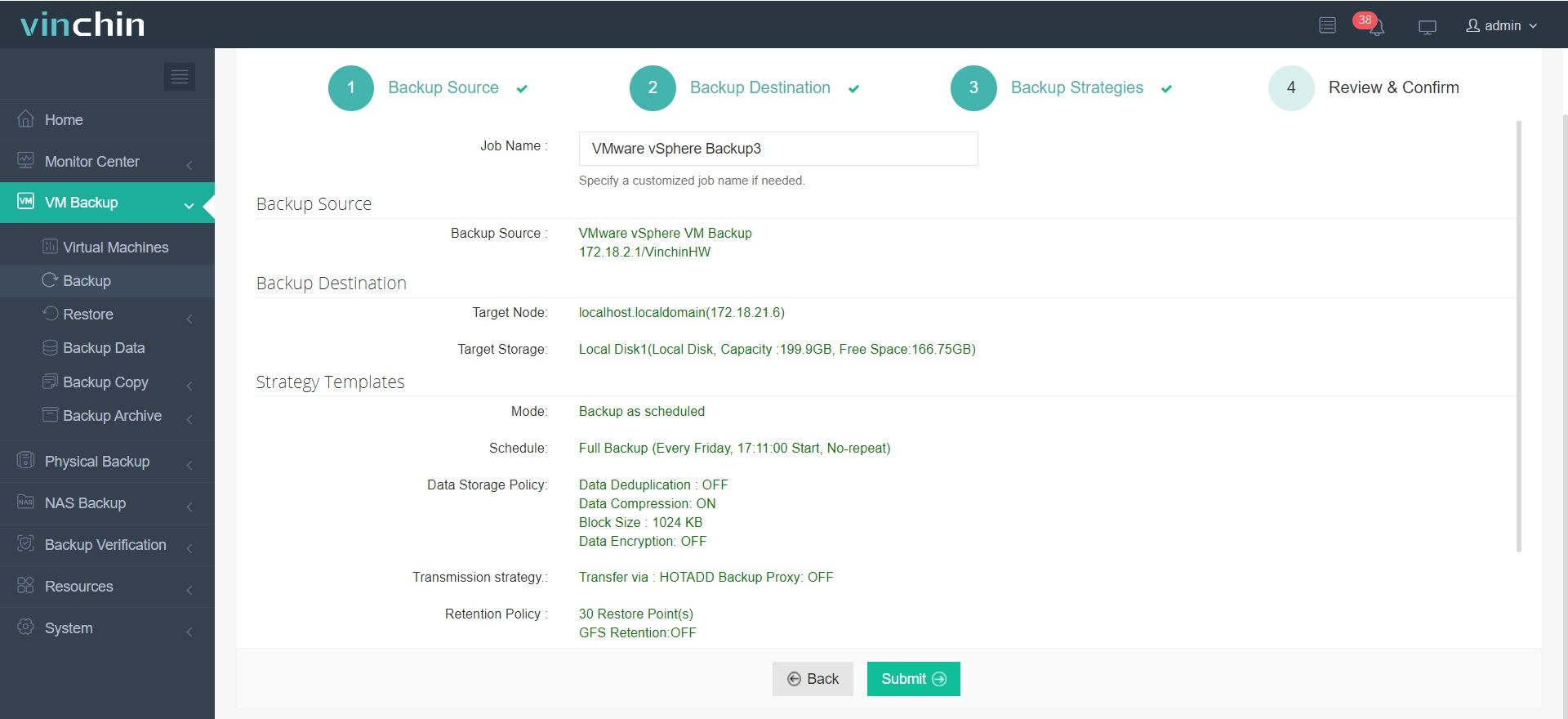-
What is SCSI?
-
What is ISCSI?
-
ISCSI vs SCSI: What's the difference?
-
Protect virtual data with Vinchin Backup & Recovery
-
Conclusion
What is SCSI?
SCSI, which stands for Small Computer System Interface, was first introduced in 1979. It is an interface technology originally developed for mini-computers and has now become ubiquitous in mini-computers, high-end servers, and standard PCs.
The SCSI protocol is vast and complex, and it can be divided into SCSI-1, SCSI-2, and SCSI-3, with
SCSI-2 being the most popular version in current use. Essentially, SCSI is transport-medium-agnostic, allowing it to be implemented on various media types, including virtual media.
It can operate on fiber-based FCP link protocols, SAS-based link protocols, as well as the virtual IP-based ISCSI protocol. In simpler terms, the SCSI protocol defines a standard for the interface communication between storage devices and servers.
Basic principles of SCSI:
SCSI implements a client/server-style communication architecture. An initiator sends command requests to a target. The target processes this request and responds to the initiator. The initiator can be a SCSI device within a host computer, and the SCSI end-access target can be a disk, optical drive, tape device, or specialized device (For example, box equipment, LUN).
What is ISCSI?
ISCSI is a mature network storage technology, developed by Cisco and IBM, and certified by the IETF in 2003. ISCSI inherits the traditional SCSI and TCP/IP technology. This technology is less costly, enables SAN storage functions, and can even directly utilize existing TCP/IP networks. Compared to previous network storage technologies, ISCSI solves a variety of problems, such as openness, capacity, transfer speed, compatibility and security. Therefore, it is highly favored and shows excellent performance.
Basic principles of ISCSI:
ISCSI (Internet SCSI) encapsulates SCSI commands and block data in TCP for transmission over IP networks. The basic starting point for ISCSI, as a transport layer protocol for SCSI, is to utilize mature IP network technology to implement and extend SAN. The ISCSI protocol is a mapping of the SCSI Remote Procedure Call model to the TCP/IP protocol. The SCSI protocol layer is responsible for generating CDB and sending them to the ISCSI protocol layer. The ISCSI protocol layer then further encapsulates them into PDU, which are transmitted over the IP network.
ISCSI vs SCSI: What's the difference?
ISCSI is a standard developed by the IETF for mapping SCSI data blocks into Ethernet packets. Essentially, the ISCSI protocol is a method for transmitting low-latency SCSI data blocks over IP networks. Simply put, ISCSI enables the SCSI protocol to run over IP networks. Making it possible to do routing over, for example, high-speed Gigabit Ethernet.
The meaning of SCSI is Small Computer System Interface. Today's SCSI has been divided into SCSI-1, SCSI-2 and SCSI-3 three types. However, the most popular version is still regarded as SCSI-2.
Protect virtual data with Vinchin Backup & Recovery
The storage, whether ISCSI or SCSI based, can be used to backup your virtual machines.
Vinchin Backup & Recovery is a backup solution designed specifically for VM environments like VMware, Hyper-V, XenServer, XCP-ng and other VM platforms. It provides comprehensive and powerful agentless VM backup and recovery capabilities to protect and manage critical data in virtualized environments and effectively respond to the threat of ransomware attacks.
Vinchin Backup & Recovery's operation is very simple, just a few simple steps.
1.Just select VMs on the host

2.Then select backup destination

3.Select strategies

4.Finally submit the job

Besides, Vinchin supports features like instant recovery, V2V migration to protect business continuity and manage heterogeneous virtual environment..
Vinchin offers a free 60-day trial for users to experience the functionality in a real-world environment. For more information, please contact Vinchin directly or contact our local partners.
Conclusion
ISCSI and SCSI represent two very different storage connectivity protocols and they have their advatages for different situations.
The key to securing virtual data from disaster or ransomware attacks is to establish a robust and advanced VM backup plan. Vinchin is designed for backup and recovery of VM environments. And it ensures efficient protection and management of critical data and effectively combats ransomware threats.
Share on:







